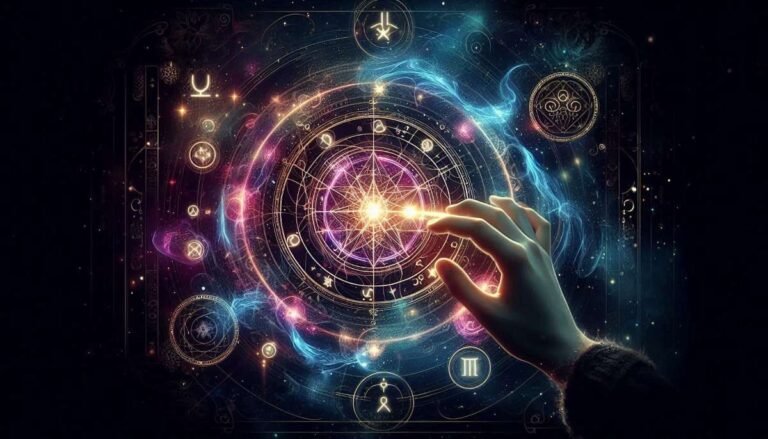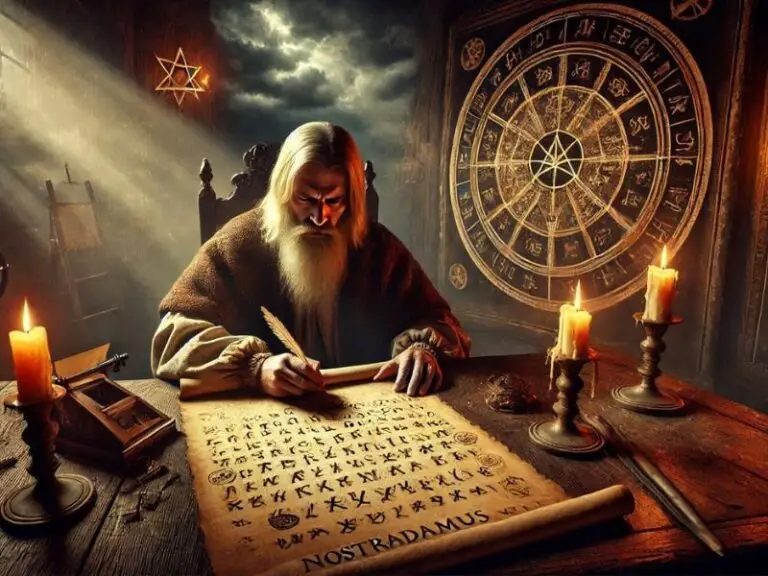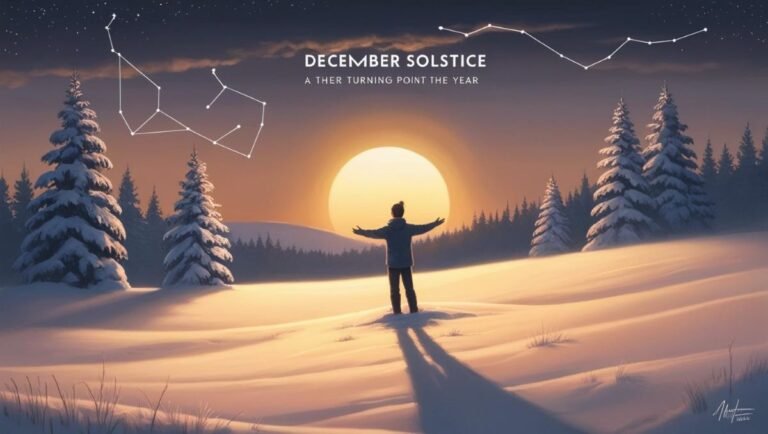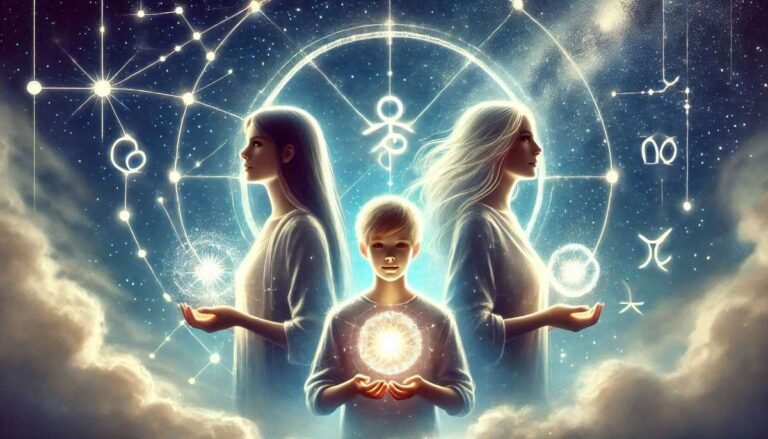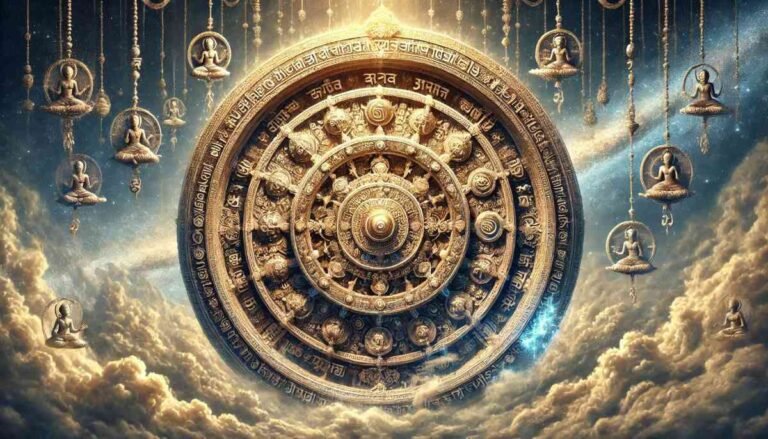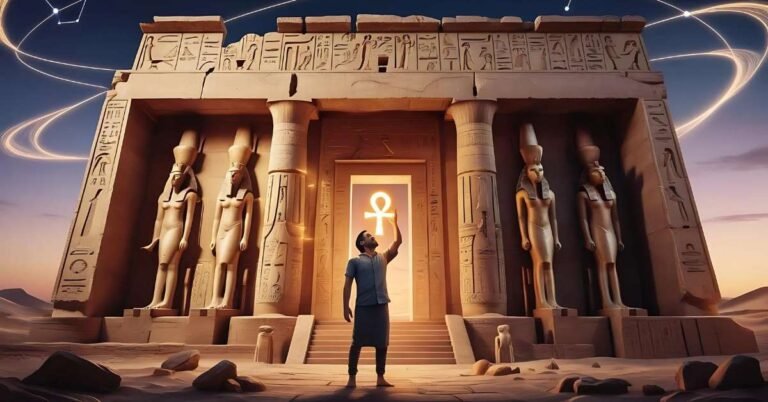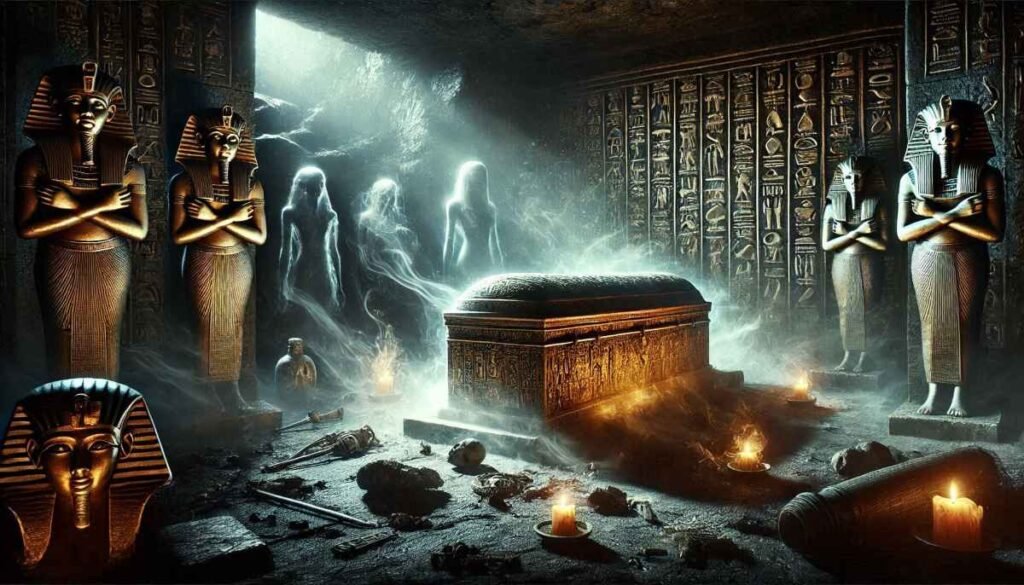
The sands of ancient Egypt whisper stories of grandeur, wisdom, and mysticism. Among these tales lies the enigmatic “Curse of the Pharaohs,” a phenomenon that has intrigued historians, archaeologists, and spiritualists for centuries. Does this curse hold factual weight, or is it merely a product of fiction fueled by human fascination with the unknown? To answer this, we delve into ancient Egyptian culture, investigate infamous curse-related incidents, and explore the broader implications of this age-old mystery.
Table Of Contents
- What Is the Curse of the Pharaohs?
- The Origins of the Pharaohs’ Curse
- The Tutankhamun Discovery and the Spread of the Curse Myth
- Scientific Perspectives on the Curse
- Spiritual Interpretations of the Curse
- Connections to Broader Ancient Mysteries
- Modern Echoes of the Pharaohs’ Curse
- Lessons from the Pharaohs’ Curse
- The Pharaohs’ Curse: A Modern-Day Perspective
- Conclusion: Fact, Fiction, or Both?
What Is the Curse of the Pharaohs?
The Curse of the Pharaohs is said to be a supernatural punishment bestowed upon those who disturb the resting place of an ancient Egyptian ruler. According to popular lore, such disruptions awaken malevolent forces that bring misfortune or death to the perpetrators.
The concept gained international attention in 1922 with the discovery of Pharaoh Tutankhamun’s tomb. Shortly after its unsealing, several individuals associated with the excavation, including financier Lord Carnarvon, reportedly met untimely ends.
While the curse is steeped in mysticism, understanding its origins requires us to examine ancient Egyptian beliefs and the historical context of tomb discoveries.
The Origins of the Pharaohs’ Curse
Ancient Egyptians viewed death as a transition, not an end. Pharaohs were entombed with immense wealth and sacred items to ensure a prosperous afterlife. To deter grave robbers, hieroglyphic warnings often proclaimed dire consequences for those who desecrated tombs.
Sacred Warnings or Early Psychological Warfare?
Some scholars believe that these inscriptions were early examples of psychological deterrents rather than genuine spiritual threats. By invoking divine wrath, the warnings aimed to instill fear in would-be looters.
The spiritual connection between the living and the dead was paramount in Egyptian culture. Disturbing a tomb could disrupt this balance, resulting in karmic repercussions—an idea that resonates with the principles of cause and effect found in other cultures.
The Tutankhamun Discovery and the Spread of the Curse Myth
Pharaoh Tutankhamun’s tomb, uncovered by archaeologist Howard Carter in 1922, is often credited with popularizing the idea of the curse. Shortly after the discovery, a series of unexplained deaths among those involved in the excavation fueled public belief in the curse.
Notable Incidents
- Lord Carnarvon’s Death
Lord Carnarvon, the expedition’s financier, died of blood poisoning shortly after the tomb was opened. Coincidentally, a power outage in Cairo at the time of his death added to the eerie narrative. - Deaths of Other Team Members
Several others linked to the excavation died under mysterious or premature circumstances. However, many experts argue that these were coincidental, emphasizing that Carter himself lived for 16 years after the discovery.
Media Sensationalism and the Role of Mythology
The press played a significant role in amplifying the curse narrative. Sensational stories capitalized on public fascination with mysticism and ancient Egypt, blending fact with fiction.
Scientific Perspectives on the Curse
Scientists and archaeologists have offered plausible explanations for the so-called “curse.”
Toxins in Ancient Tombs
Ancient tombs, sealed for millennia, often harbored toxic substances such as mold, bacteria, and gases. These could pose health risks to those who entered unprotected, potentially leading to illnesses attributed to the curse.
Coincidence and Confirmation Bias
Statistical analysis of deaths linked to Tutankhamun’s excavation suggests no significant deviation from normal life expectancy. Confirmation bias—interpreting events to fit the curse narrative—may have fueled its persistence.
Spiritual Interpretations of the Curse
For those inclined toward spirituality, the curse represents a disruption of karmic and cosmic balance. By disturbing a sacred space, one might invite negative energy or awaken dormant forces.
Ancient Egyptians believed in Ma’at, the principle of cosmic order. Disrupting Ma’at by desecrating a tomb could invoke chaos, a concept that parallels karmic justice.
Connections to Broader Ancient Mysteries
The curse of the Pharaohs is not an isolated tale. It fits within a larger tapestry of ancient mysteries and lost knowledge.
The Great Library of Alexandria
The Great Library, a beacon of ancient knowledge, was lost to history, leaving us to wonder how its treasures might have shaped our understanding of the past. Like tomb curses, the library’s destruction symbolizes humanity’s fragile connection to its intellectual and spiritual heritage. Explore this in more detail in our blog, The Great Library of Alexandria: Could Its Lost Knowledge Change Our Understanding of History?.
Rise and Fall of Civilizations
The curse also echoes broader lessons about the impermanence of empires. Ancient Egypt’s decline teaches us about the vulnerability of even the most powerful civilizations. Read more in The Rise and Fall of Ancient Civilizations: What Lessons Do Ancient Empires Teach Us Today?.
Modern Echoes of the Pharaohs’ Curse
The cursed myth persists in modern media, inspiring countless books, films, and television series. Beyond entertainment, it reflects humanity’s enduring fascination with ancient cultures and the mysteries of life and death.
Lessons from the Pharaohs’ Curse
While the curse may not be literal, it offers profound lessons.
- Respect for Cultural Heritage
The tale underscores the importance of preserving and respecting ancient sites. Grave robbing, whether by thieves or colonial powers, has irreparably damaged historical treasures. - Human Curiosity vs. Ethical Boundaries
The curse serves as a cautionary tale about the consequences of unchecked curiosity. Balancing exploration with ethical considerations remains crucial. - The Interconnectedness of History and Spirituality
Ancient Egyptian beliefs about death, the afterlife, and cosmic order resonate with universal themes, reminding us of the shared threads that connect humanity.
The Pharaohs’ Curse: A Modern-Day Perspective
In today’s context, the curse invites us to examine the spiritual and psychological dimensions of historical exploration. It encourages mindfulness about how our actions—whether as individuals or societies—affect both the physical and metaphysical worlds.
Conclusion: Fact, Fiction, or Both?
The Pharaohs’ Curse is a captivating blend of history, mythology, and cultural intrigue. While science debunks its supernatural claims, the tale remains a powerful metaphor for respecting the mysteries of life and death.
Whether fact or fiction, the curse of the Pharaohs continues to inspire awe and curiosity, reminding us that ancient civilizations still hold lessons for the modern world. By unraveling these mysteries, we honor the wisdom of the past while shaping a more mindful future.
